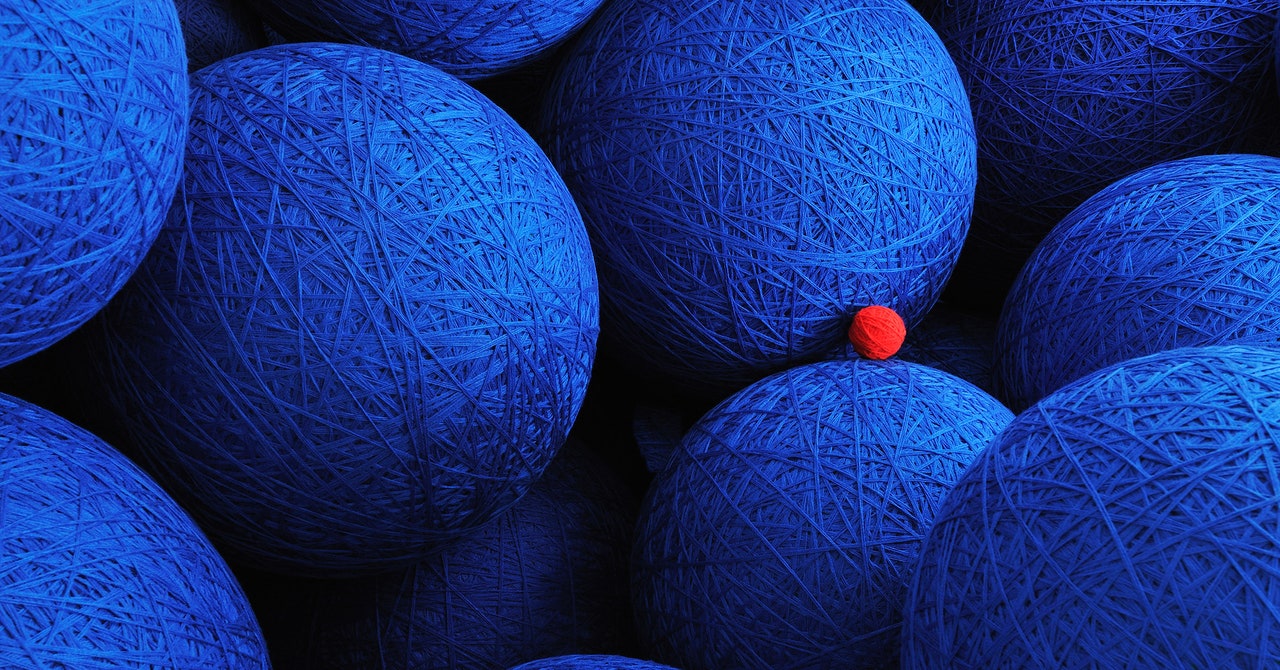

When prebiotic soda brand Olipop joined Threads, it didn’t post about the flavors it comes in or its claimed nutritional benefits. “Can u guys pls engage with this thread so my boss tells me he’s proud of me,” Olipop wrote in an early post. “I’m proud of you Oli,” TGI Fridays posted back. “Thanks dad <3,” Olipop said.
This is the “casual, conversational, and unfiltered” approach Olipop’s social media team is using on Threads, says Sara Crane, a content strategist at Olipop. The soda company is testing Meta’s new platform by posting about “relevant cultural moments” rather than directly advertising. In doing so, it’s trying to strike a chord with the millions of people who have joined Threads since it launched on July 5. And Crane believes it’s working: Olipop now has 20,000 followers on Threads. Like with other social network debuts, “every social media manager is scrambling,” Crane says. “As time goes on, brands that are going to see long-term success are going to read the room, and speak the Threads language.”
And on Threads, the language is friendly, trendy internet slang—with a side of self-promotion and brand-on-brand chatter. It’s a tone that clashes with the snark and cynicism that made Twitter fun—but it’s also a relief from some of the toxicity and hate speech on the bird app that left people, and advertisers, jaded.
One of the weirdest things about Threads is that it’s being built backward. Most social networks grow organically; people find them and build communities, then the brands arrive. But Threads launched with many brands and influencers at the ready. That’s given Threads a strange vibe. When people signed up, they were greeted by a feed populated by Netflix, Spotify, and other big names. The brands have gotten off to a good start—Website Planet, a web development company, looked at 30 brand accounts on Threads and Twitter and found most were getting more engagement on Threads, even though they had fewer followers there.
The procession of brands on Threads isn’t being driven by an eagerness to find a solid Twitter alternative, but rather a rush to follow consumer eyeballs. “I don’t see it so much as brands are looking for a microblogging platform, but if their audience is, they want to be there too,” says Jen Jones, chief marketing officer for Commercetools, a digital commerce platform.
Threads’ early days included a lot of brands, celebrities, and influencers doing mic checks. And as brands experiment, there have been some odd interactions. Pizza Hut posted and deleted a Thread that contained a confusing and sexual meme about pizza crust. Pizza Hut did not respond to a request for comment.
Brands have tested the service with quippy jokes and memes. But there are tired posts, like “i am a cinnamon roll,” from Cinnabon. Crumbl Cookies, which has 263,000 followers, posted, simply, “hey,” followed by hundreds of cookie emojis. Wendy’s tried out memes and poked fun at Twitter, racking up 265,000 followers. All of this may be good and well for brands (Pizza Hut faux pas aside), but it’s not the kind of content that will keep people coming back to the app.









